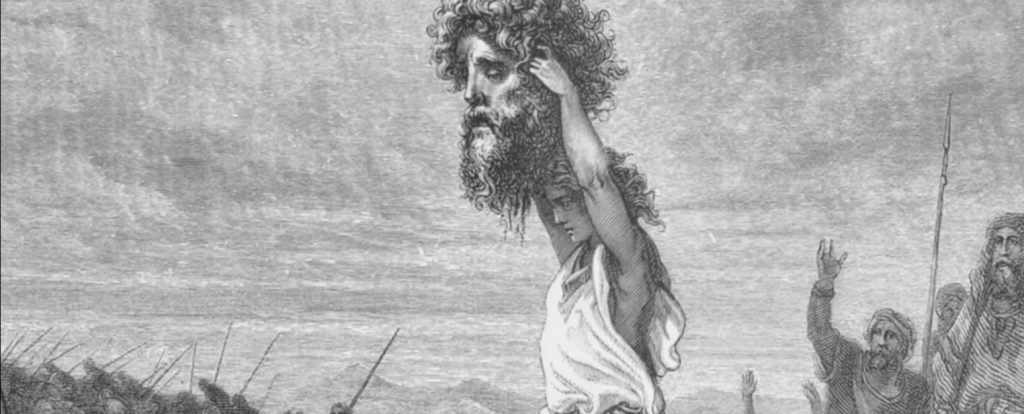
The Do-Gooder’s Key to Smart Storytelling
- posted in: Tips From the Pros
Around the world, organizations everywhere (and the people comprising them) are doing great things, from conserving nature to fighting for human rights, and much more.They say if you do what you love, you’ll never work a day in your life. But getting your organization’s message out there — and, more importantly, making it memorable — takes work.
With the internet and social media, much has changed about the way we spread messages over the past twenty years. But, perhaps surprisingly, much has remained the same: great storytelling is still an incredibly powerful tool in capturing the hearts and minds of an audience. With a few modern twists, a compelling narrative can be adapted to today’s mediums and sensibilities and get right to the core of the issues your organization is focused on.
At Wander, this is really what gets us excited, and we want to share a few key elements of our creative process to highlight these ideas in action, with a bit of insight from our Fearless Leader, Aaron Weber.
The Story
While much of the magic at Wander happens on set and in editing, the seed at the heart of any good creative project is the story. For short films, this often means distilling broad and complex issues into a singular message, the story of which comes to represent the larger concern that a client organization is championing. Take our film “Your Inner David” for Oxfam. Oxfam states that their mission is “to create lasting solutions to poverty, hunger, and injustice.” These are incredibly thorny and interrelated issues and, of course, there is no simple solution to any of these — yet these are the ideas Oxfam wanted to put forward. “First and foremost,” Aaron says, “a project starts with us listening to the client’s goals, and then shaping a film around that.” As it happened, the story of Joanna Manu exemplified how even a single individual with the right knowledge and tools can overcome injustice and fight against poverty.
What makes a story compelling, Aaron says, “is heavily dictated by the needs of our clients.” In this case, Oxfam wanted to present a story showcasing how individuals can overcome seemingly insurmountable adversities. “We try and take their subject matter or message and sprinkle some Wander magic into it. This magic varies, but sometimes it is an ‘a-ha’ moment that the viewer will have, and other times it’s an inspirational feeling that leaves you wanting to do something.” After viewing “Your Inner David,” the viewer has gained an awareness of all kinds of possibilities for solving the sorts of problems Joanna faced that may otherwise have simply seemed implausible.
Collaboration & Syncopated StorytellingSM
Once the story has been established, the real filmmaking process begins. Clients are given the freedom to be as involved as they like in making the story a reality on camera. As Aaron says, “We feel that nobody knows a client’s brand better than the client themselves.” But where a client has the brand understanding, Wander has the technical skills and know-how, and a number of experts often are active participants in the filmmaking process. “This includes art directors and copywriters during the concept phase, a full crew during production and editors, graphics, audio and finishing people on the tail end,” Aaron says.
And that’s where Syncopated StorytellingSM comes in. Syncopated Storytelling is an original editorial style created by Wander, where quick cuts are used successively to represent broad ideas quickly and clearly. “Syncopated” here refers to the fact that the cuts track with the beat of the underlying audio and, as Aaron says, “by aligning the edit so closely with the audio we further draw in the viewer.” This is immediately evident in “Your Inner David,” where a series of clips and images set the stage for Joanna’s story, summarizing the backdrop of a “multinational corporation.” This allows the exposition of the film to take place in less time and with greater effect than traditional exposition methods, allowing it to quickly arrive at the heart of the issue, Joanna’s own story. This, Aaron says is crucial, because “without a good story, there is nothing — so we make sure it is never style over substance. The story always reigns supreme.”
###
CONTACT INFO:
For inquiries, please contact:
William Trusting
ph: 323.230.7361
e-mail: [email protected]

